A leaf blower is a great tool for fall cleanup, cleaning off the patio, drying a lawn mower, and more. I rely on my leaf blower for many tasks around the house. Just like any mechanical tool, the leaf blower can stop working and not start.
A STIHL leaf blower will not start when the air filter is plugged, the spark plug is bad, the carburetor is dirty, old fuel gummed the fuel system, an incorrect fuel mix is used, the recoil starter is bad, or the engine is flooded.

Follow all safety precautions in your STIHL operator’s manual to avoid injury while working on your leaf blower. If you need further help, check out other STIHL blower issues or consult your local STIHL dealership.
This post may include affiliate links. Purchases made through these links may provide a commission for us, at no extra cost to you. As an Amazon Associate, we earn from qualifying purchases.
Follow all safety instructions provided in your equipment operator’s manual before diagnosing, repairing, or operating. Consult a professional if you don’t have the skills, or knowledge or are not in the condition to perform the repair safely.
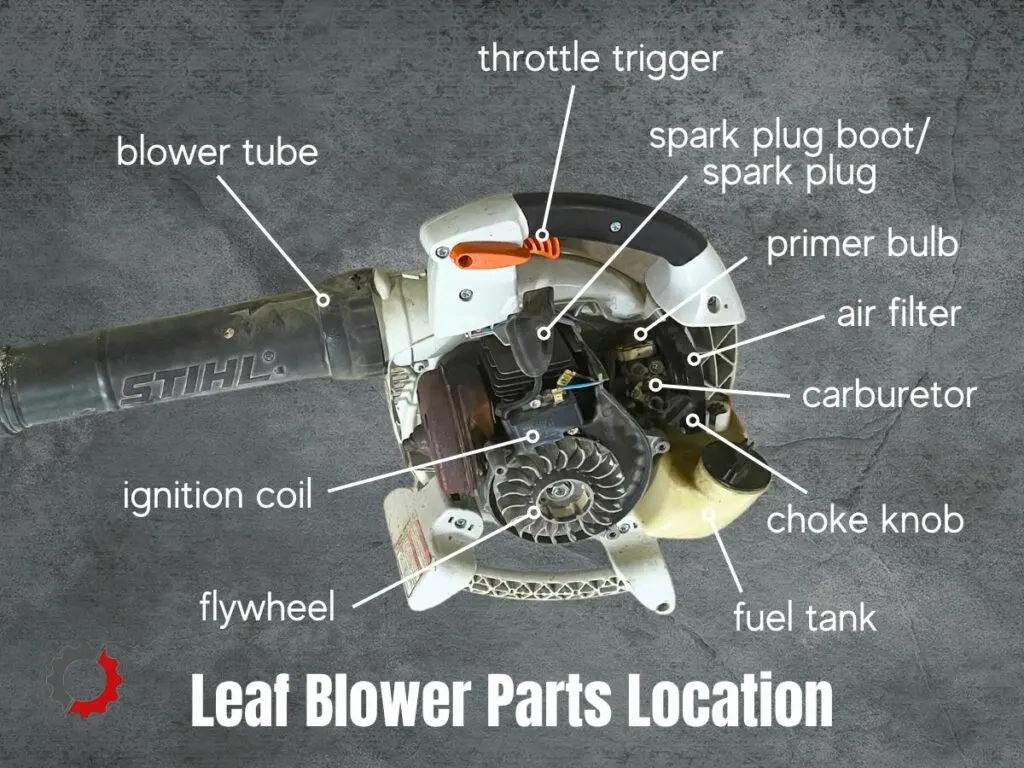
12 Reasons Your STIHL Leaf Blower Will Not Start
When beginning to troubleshoot a no-start problem, I replace the maintenance items if they haven’t been replaced in a while.
By replacing the air filter, spark plug, and fuel filter, you can rule out the common wear items that can cause starting and running problems.
Plugged Air Filter
Using your leaf blower stirs up a lot of dirt and debris. The dust in the air can be detrimental to the engine if an air filter isn’t in place.
The air filter keeps dirt and debris from entering the carburetor throat and wearing on the engine. When the filter isn’t routinely cleaned or replaced, it can become plugged preventing sufficient air from getting to the engine.
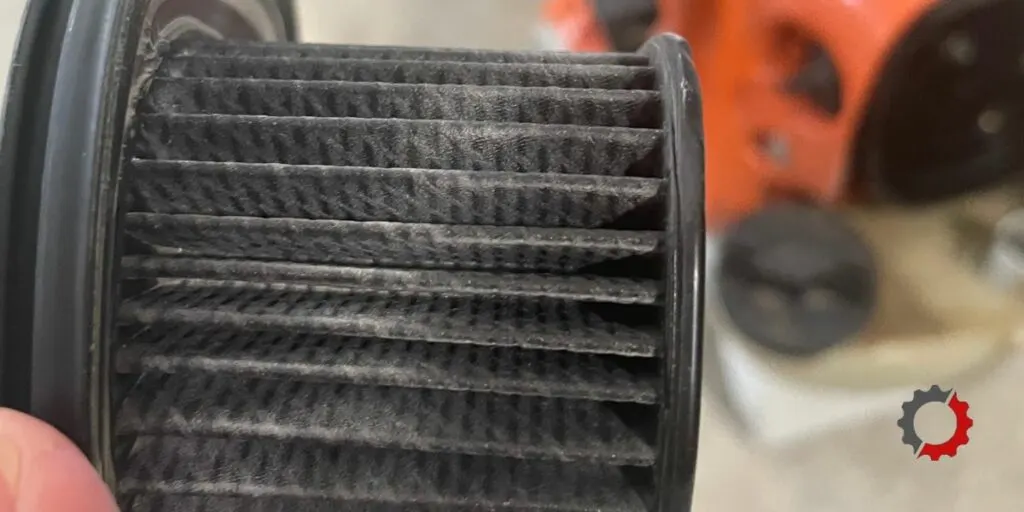
Without air, your STIHL leaf blower will not start and run. Always run your leaf blower with a clean air filter. Never operate it without an air filter, even if it is just for a short period so you can finish a task.
Check & Clean the air filter:
- Move the choke lever to the on position to close the choke and prevent dirt from falling into the air intake.
- Remove the filter and wipe out any remaining dirt from the air filter housing.
- Replace a dirty air filter with a new air filter.
- If you try to clean the air filter, tap it against a solid surface to knock the dirt out of the filter.
- However, you must replace your air filter when it is very dirty.
FYI You may have a filter that looks like the one in the photo above or you may have a flat felt air filter in your blower model. The same cleaning procedure applies.
Bad Spark Plug
A fouled or damaged spark plug can prevent a STIHL leaf blower from starting. Remove the spark plug and inspect it for carbon buildup, broken porcelain, or burnt electrode.
If you find damage or a spark plug that is very dark in color, replace it with a new spark plug. When the plug is damaged or dirty, it may have an intermittent spark problem or fail to work altogether resulting in starting issue.
Make sure the spark plug is gapped according to the specifications provided by STIHL and the spark plug wire is securely attached. These two items can affect a leaf blower’s performance.
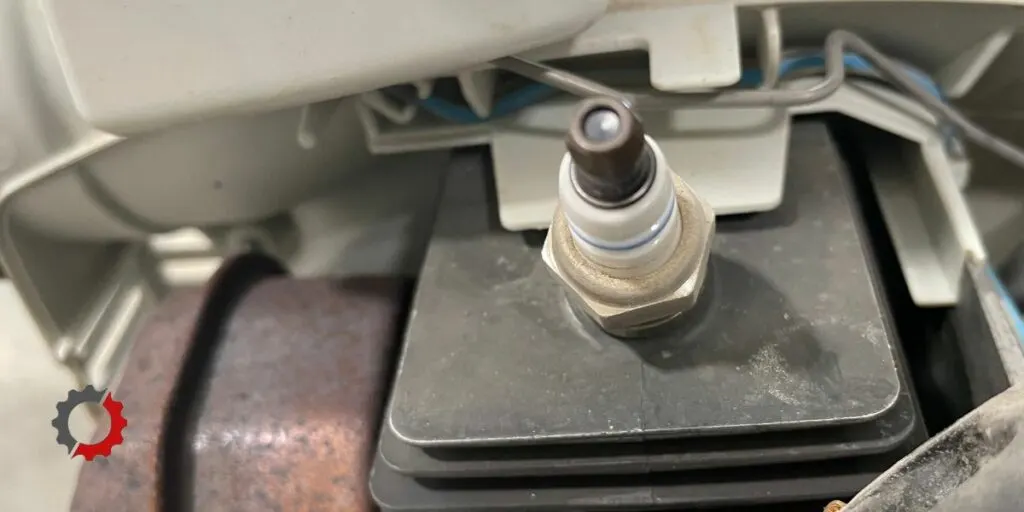
STIHL Blower Spark Plug & Electrode Gap
| STIHL Model | Spark Plug (NGK) | Spark Plug (Bosch) | Electrode Gap |
|---|---|---|---|
| BG50 BG55 | BPMR7A | WSR6F | 0.02 in (0.5 mm) |
| BG56 | CMR6H | N/A | 0.02 in (0.5 mm) |
| BG65 | BPMR7A | WSR6F | 0.02 in (0.5 mm) |
| BG66 | CMR6H | N/A | 0.02 in (0.5 mm) |
| BG75 | BPMR7A | WSR6F | 0.02 in (0.5 mm) |
| BG85 | BPMR7A | WSR6F | 0.02 in (0.5 mm) |
| BG86 | CMR6H | N/A | 0.02 in (0.5 mm) |
| BR200 | CMR6H | N/A | 0.02 in (0.5 mm) |
| BR320 BR340 BR350 | BPMR7A | WSR6F | 0.02 in (0.5 mm) |
| BR400 BR420 BR430 BR450 | BPMR7A | WSR6F | 0.02 in (0.5 mm) |
| BR500 BR550 | CMR6H | N/A | 0.02 in (0.5 mm) |
| BR600 | CMR6H | N/A | 0.02 in (0.5 mm) |
| BR700 | CMR6H | N/A | 0.02 in (0.5 mm) |
| BR800 | CMR6H | N/A | 0.02 in (0.5 mm) |
Plugged Fuel Filter
The fuel filter keeps dirt from entering the fuel system by straining fuel coming out of the fuel tank. The fuel filter is a small cylinder part that is attached to the end of the fuel line. You can find it inside the fuel tank.
When the filter isn’t replaced regularly, it can become plugged with dirt and debris preventing a good flow of fuel from passing through the fuel line.
It’s best to replace the fuel filter annually for the average homeowner. If you use it more frequently or you use it for commercial purposes, you should replace it more often.
Replace a plugged fuel filter on a Stihl leaf blower:
- Use a clean rag to wipe around the fuel cap. This will keep dirt from falling into the fuel tank.
- Remove the fuel cap.
- Use a clean bent wire to hook the fuel line and pull the filter from the tank.
- Use a pair of needle nose pliers to hold the fuel line and pull the fuel filter out of the line. Don’t let go of the fuel line and allow it to fall back into the tank.
- Securely insert a new fuel filter into the line.
- Place the fuel filter back inside the fuel tank.
- Reinstall the fuel cap.
Old Fuel and Oil Mix
Ethanol, found in most types of gasoline on the market today, attracts moisture to the fuel system. This water and ethanol mixture causes gumming in the fuel system and degrading of its components.
It contributes to premature failure of the fuel components and blockages preventing the engine from getting the fuel it requires.
Additionally, water and ethanol separate from the gasoline and sink to the bottom of the fuel tank. When this solution runs through the engine, it runs hot and can damage the engine.
Always use unleaded gasoline with a maximum ethanol content of 10% (E10). Avoid E15 and E85 gasoline.
Drain any old fuel remaining in your leaf blower and fill it with fresh gas and oil mix. Add a fuel stabilizer like Sea Foam Motor Treatment to stabilize the fuel, clean the fuel system and reduce moisture in the fuel.
If you choose to use a pre-mixed ethanol-free fuel, you do not need to add a stabilizer.
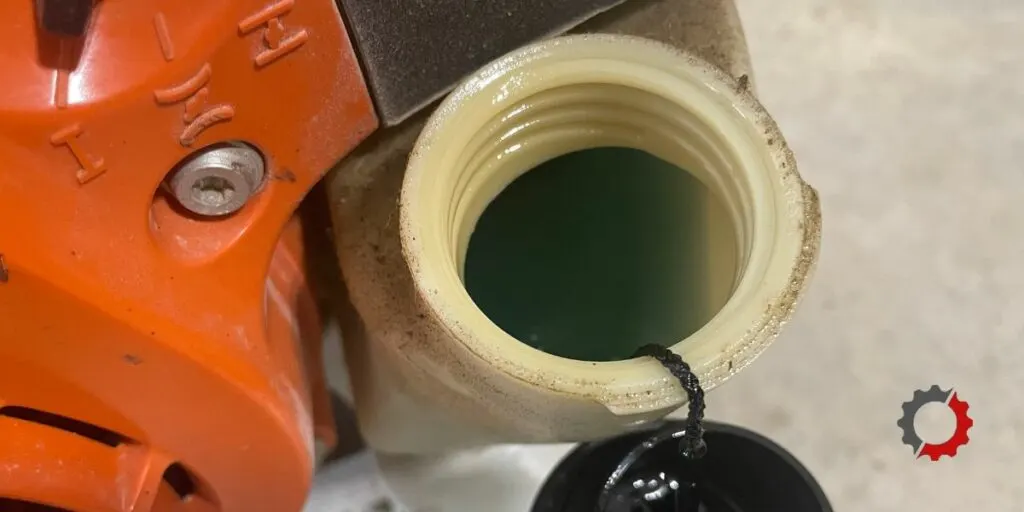
Incorrect 2-Cycle Oil Mix
Using straight gas in a STIHL leaf blower will damage the engine. Straight gas runs extremely dry. A lack of lubricant added to the oil will cause the engine to seize.
The 2-cycle engine in a STIHL leaf blower uses gas and oil mixed at a ratio of 50:1.
When creating this mix, use unleaded gasoline with a minimum octane rating of 89 (mid-grade) and maximum ethanol content of 10%. Mix a 2-cycle premium oil like STIHL High Performance or STIHL HP Ultra oil with the gasoline.
You can also use an equivalent premium 2-cycle oil that is ISO-L-EGD and JASO M345 FD certified.
| Gas to Oil Mix | 1 Gallon Gas | 2 Gallon Gas | 2.5 Gallon Gas |
|---|---|---|---|
| 50:1 | 2.6 oz Oil | 5.2 oz Oil | 6.4 oz Oil |
A great option to reduce fuel problems and extend engine life is the Pre-Mixed STIHL MotoMix. This is an ethanol-free blend of oil and fuel that is ready to pour into your leaf blower’s fuel tank.
Read more about the fuel to use in This is the Type of Gas and Oil Stihl Leaf Blowers Use.
Bad Primer Bulb
A cracked primer bulb that won’t fill up with fuel won’t function correctly to get fuel to the carburetor. Replace with a new primer bulb.
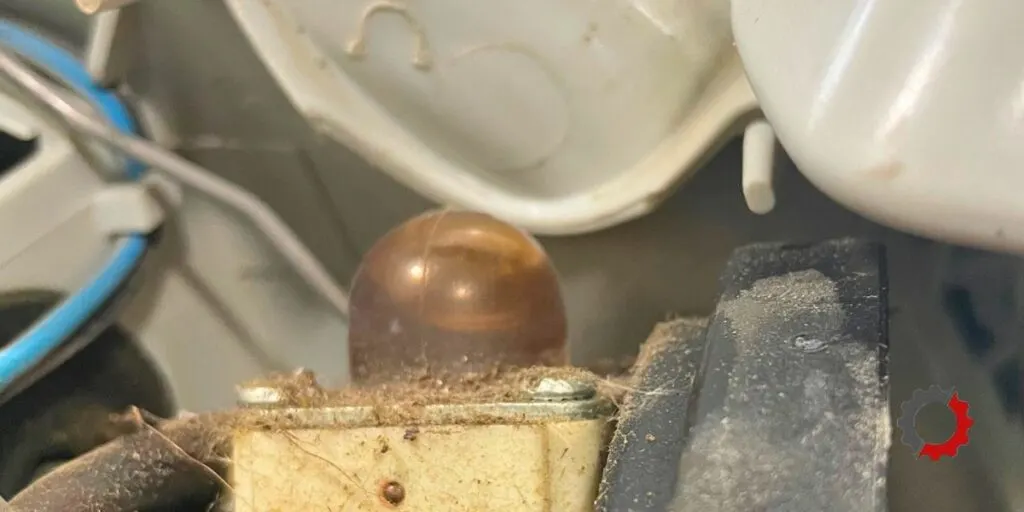
Fuel Line Blocked
Old fuel sitting in your STIHL leaf blower can leave a gummy sticky deposit behind that restricts fuel flow. Replace a fuel line in the leaf blower when it is cracked, kinked or clogged.
Plugged Fuel Tank Vent on a STIHL Leaf Blower
The fuel tank vent allows air into the tank. Without a vent, the fuel tank will create a vacuum that won’t allow fuel to flow through the STIHL leaf blower.
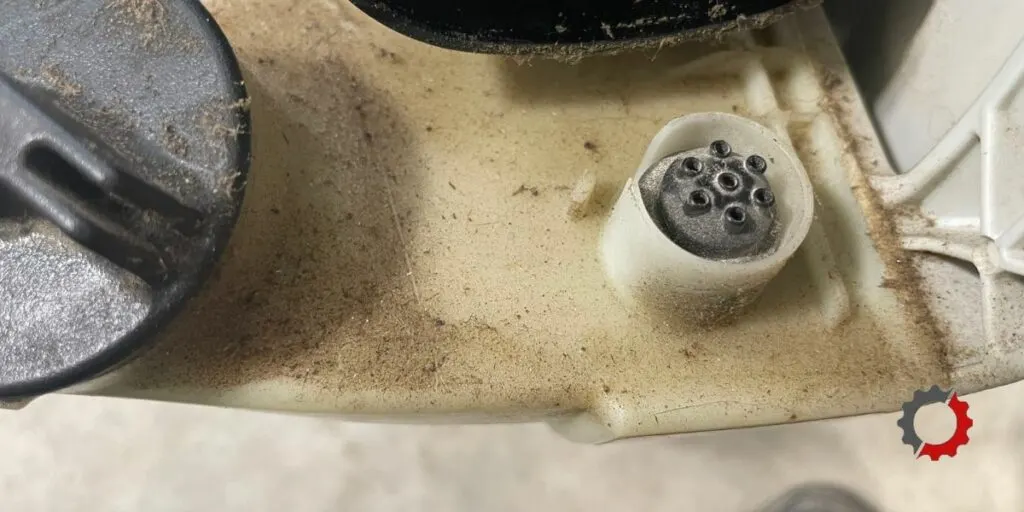
A good indication you may have a fuel tank vent problem is when your leaf blower runs for a few minutes and then shuts down and won’t start until you remove the fuel cap to allow air into the fuel tank.
It then shuts down again after running for several minutes with the fuel cap in place. Replace the fuel tank vent so the air can flow into the fuel tank.
Clogged & Dirty Carburetor
The carburetor regulates the amount of fuel that is mixed with air to create combustion in the cylinder. Old fuel will gum up and clog the carburetor so it no longer functions as designed.
If you are a little mechanical you should be able to handle cleaning your carburetor. Clean the carburetor by taking it apart and using carburetor cleaner to clean it.
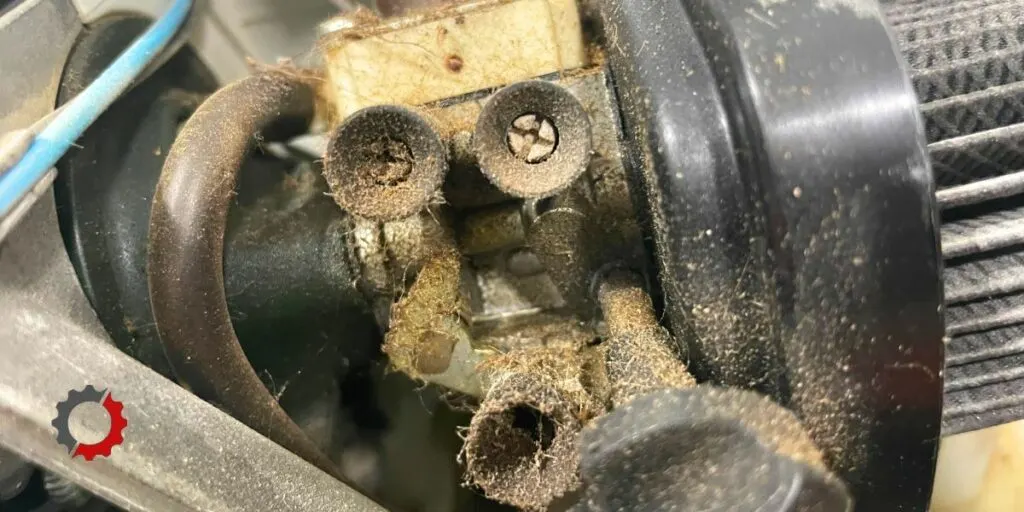
If the carburetor does not function after being cleaned, you may need to rebuild it or replace it with a new carburetor.
Bad Recoil Starter
A STIHL leaf blower uses a recoil to start the engine. A bad pulley; loose or missing spring; or broken clips can keep your recoil from working. You can attempt to replace the spring and restring the recoil.
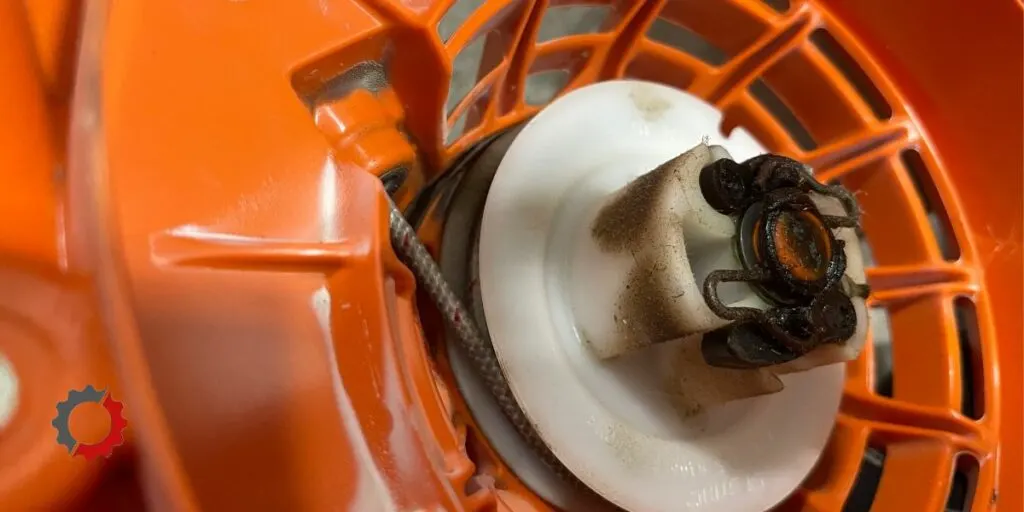
If it does not work because other components in your recoil are damaged, such as the clips or the pulley, you are better off just replacing the recoil assembly.
Bad Spark Arrestor
The spark arrestor is a small screen that can get plugged with soot. A plugged spark arrestor may prevent your STIHL leaf blower from starting.
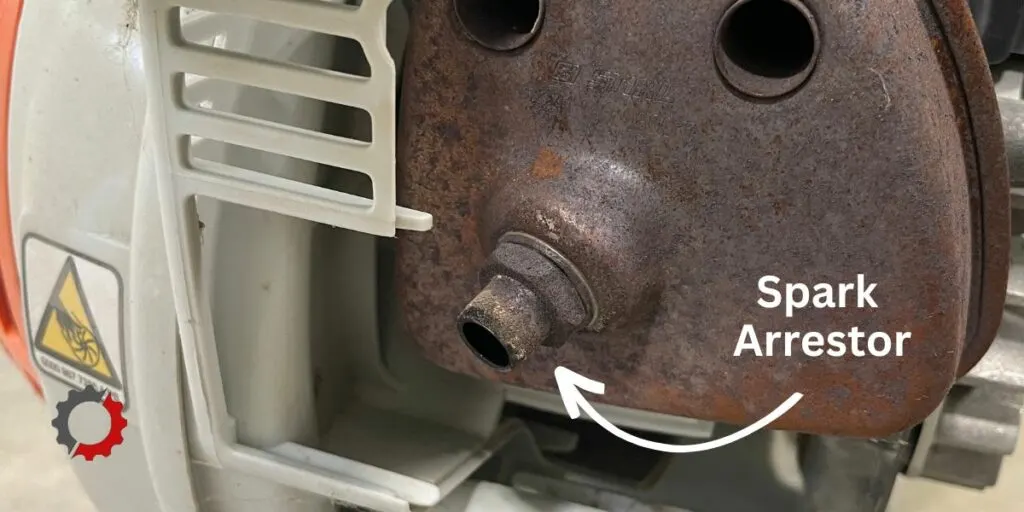
Remove the spark arrestor and clean it with a wire brush. If you are unable to clean it sufficiently, replace it with a new spark arrestor.
Flooded Engine
I have had customers bring their STIHL leaf blower to the repair shop because they can’t get it started. Many times it’s due to a flooded engine which isn’t too serious.
The engine can become flooded when the choke is in the closed position and the starter rope was pulled many times.
It can also happen with the switch off and the starter rope being pulled multiple times or when the primer bulb is pushed too many times.
How to Fix a Flooded Engine on a STIHL leaf blower
- Switch the stop switch to the “0” stop position.
- Remove the spark plug and dry it if it is wet.
- Pull the starter rope 6 to 8 times to clear the combustion chamber
- Reinstall the clean dry spark plug.
- Set the stop switch to the “I” run position.
- Set the choke lever to the off / run position.
- Start the leaf blower.
To start a flooded STIHL leaf blower, engage the stop switch, remove and dry the spark plug, and pull the starter rope 6-8 times. Reinstall the spark plug, place the stop switch in the run position, and set the choke lever or knob to the run position. Start the blower by pulling the starter grip.
A STIHL 2-stroke blower won’t start when the carburetor is dirty, the fuel is old, the fuel mix is incorrect, the air filter is clogged, the spark plug is fouled, the spark arrestor is plugged, or the fuel filter is clogged.
